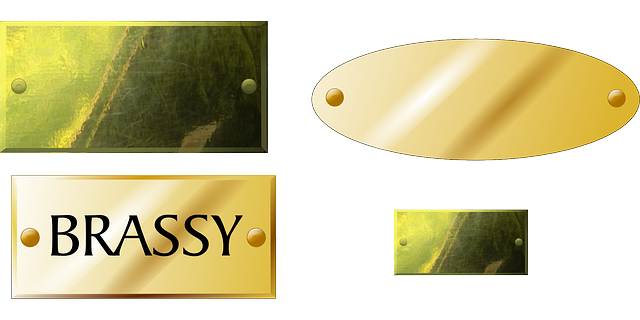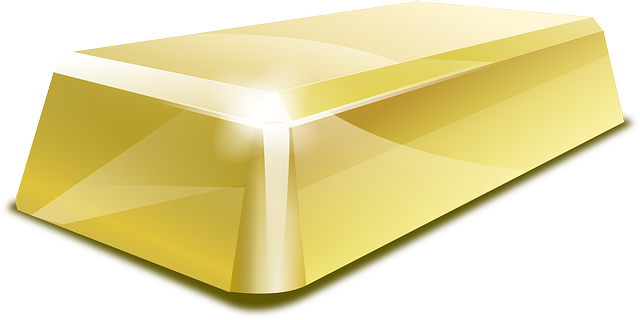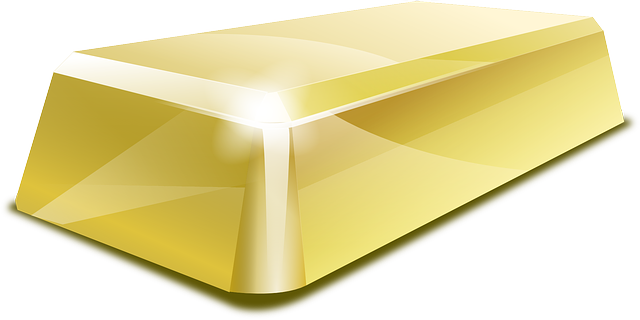
A Gold IRA rollover is a financial move that allows investors to transfer funds from traditional or Roth IRAs into a self-directed IRA that enables investment in physical gold, silver, platinum, and palladium. This process enriches retirement portfolios by diversifying assets and potentially safeguarding against inflation and market volatility. Investors can choose between a direct rollover, where funds move from one custodian to another without passing through the investor's personal accounts, or an indirect rollover, which involves a 60-day window for re-depositing funds received as a distribution. Both methods must adhere to IRS regulations to preserve the tax-advantaged status of the funds and avoid penalties. Gold IRA rollovers are suitable for investors of all ages, especially those seeking to diversify their retirement savings at or after age 59½. It's important to understand the different types of rollovers, the types of precious metals allowed in a Gold IRA, and the custodial requirements to ensure a compliant transition. Consulting with financial advisors or referencing IRS guidelines is essential for successful execution of a Gold IRA rollover and for incorporating this strategy into a long-term retirement plan.
Navigating retirement savings can be complex, but understanding the intricacies of a Gold IRA rollover is key to diversifying your investment portfolio with precious metals. This article serves as an authoritative guide, illuminating the eligibility requirements and steps involved in executing a Gold IRA rollover. From grasping the fundamentals of Gold IRA rollovers to exploring contribution limits and the roles of trustees and custodians, we cover the comprehensive spectrum of this investment strategy. Additionally, we delve into the legal framework, tax implications, and how to select the right provider for your gold IRA. Whether you’re looking to hedge against market volatility or interested in estate planning strategies, this guide is designed to empower you with the knowledge necessary for informed decision-making regarding Gold IRA rollovers.
- Understanding Gold IRA Rollovers: A Comprehensive Guide
- Eligibility Criteria for Gold IRA Rollovers
- The Rollover Process: From Traditional IRA to Gold IRA
- Types of Rollovers for Gold IRAs: Direct and Indirect
- Age and Retirement Considerations for Gold IRA Rollovers
Understanding Gold IRA Rollovers: A Comprehensive Guide

Gold IRA rollovers present a strategic opportunity for investors to diversify their retirement portfolios with precious metals. This process involves transferring funds from an existing tax-deferred retirement account, such as a traditional or Roth IRA, into a self-directed IRA that allows for investment in gold and other approved precious metals. To initiate a rollover, an investor must request a direct transfer from the current plan administrator to the new Gold IRA custodian, ensuring compliance with IRS rules to maintain the tax-deferred status of the funds.
The eligibility for a gold IRA rollover is broad, encompassing individuals who have accumulated substantial savings within traditional or Roth IRAs and are seeking to hedge against inflation and market volatility through physical gold, silver, platinum, and palladium. It’s imperative to understand the types of rollovers available: a 60-day rollover, where funds are temporarily removed from one account and deposited into another before being returned, and the direct rollover, which involves the custodian transferring funds directly to the new Gold IRA without the funds ever passing through your hands. Both methods must adhere to IRS regulations to avoid taxable events and penalties. Understanding these mechanisms is crucial for seamless integration of gold into your retirement strategy, ensuring that you can leverage its historical role as a safe-haven asset within your IRA.
Eligibility Criteria for Gold IRA Rollovers

Rollover eligibility for a Gold IRA is a critical aspect for individuals looking to diversify their retirement portfolio with precious metals. To be eligible for a Gold IRA rollover, one must have an existing retirement account such as a Traditional IRA, Roth IRA, or employer-sponsored 401(k) plan. The rollover process allows for the transfer of funds from these accounts into a self-directed IRA that permits investment in gold and other precious metals. It’s important to note that the IRS sets strict guidelines for rollovers, which include prohibiting direct contributions of cash or checks to a Gold IRA; instead, funds must be transferred directly from the custodian of the existing account to the custodian of the Gold IRA. Additionally, there are no age restrictions for rolling over funds into a Gold IRA, making it an accessible option for a wide range of investors. The rollover must adhere to a 60-day rule, where the funds must be deposited into the new Gold IRA within this timeframe to avoid tax implications. Prospective investors should ensure they understand the types of accounts eligible for rollover and the timeline involved to smoothly transition their retirement savings into a Gold IRA investment.
The Rollover Process: From Traditional IRA to Gold IRA

When considering the transition from a Traditional IRA to a Gold IRA, understanding the rollover process is crucial. A Gold IRA rollover allows individuals to transfer existing retirement funds into an account that permits investments in precious metals, which can serve as a hedge against inflation and market volatility. The process begins with a direct rollover, where the custodian of your Traditional IRA directly transfers funds to the custodian of your new Gold IRA. This transfer must be initiated by you, the account owner, to ensure compliance with IRS regulations, which prohibit the transfer of funds from one financial institution to another as a ‘trustee-to-trustee’ transaction. To initiate a rollover, request a distribution from your Traditional IRA custodian and have the funds sent to you personally. Within 60 days of receiving the funds, you must deposit the entire amount into a Gold IRA account. It’s imperative to adhere to this timeline to avoid the funds being taxed as income. The Gold IRA custodian will then purchase the approved precious metals on your behalf, based on your selection from their inventory. Throughout the rollover process, it’s essential to maintain records and follow IRS guidelines to ensure a smooth transition and to preserve the tax-advantaged status of your retirement savings.
Types of Rollovers for Gold IRAs: Direct and Indirect

401(k) to Gold IRA Rollover: The direct rollover involves a transfer directly from your 401(k) custodian to the custodian of your Gold IRA. This process is straightforward, with funds moving from one account type to another without passing through your personal possession. It’s imperative to coordinate with both custodians to ensure a seamless transaction and compliance with IRS regulations.
Traditional or Roth IRA to Gold IRA Rollover: Conversely, the indirect rollover is a two-step process where the funds from your Traditional or Roth IRA are first payable to you. Within 60 days of receiving the distribution, you must deposit the exact amount into a self-directed Gold IRA. This step requires the newly purchased precious metals to be held by an IRS-approved depository on your behalf. Both direct and indirect rollovers are subject to IRS rules and regulations, and it’s crucial to understand the specific requirements for a Gold IRA rollover to maintain the tax advantages of your retirement savings. Understanding the distinctions between these types of rollovers can help you navigate the process effectively and ensure that your investment in gold retains its tax-advantaged status within an IRA framework.
Age and Retirement Considerations for Gold IRA Rollovers

When considering a Gold IRA rollover, age and retirement timelines play pivotal roles in the eligibility and suitability of such an investment strategy. Individuals reaching the age of 59½ have specific considerations to navigate as they are no longer subject to the early withdrawal penalties that apply to traditional IRAs before this age. This milestone signifies a key moment for investors to diversify their retirement portfolio by including precious metals, which can serve as a hedge against inflation and market volatility.
The process of rolling over a 401(k) or other employer-sponsored retirement plan into a Gold IRA is available to individuals who are looking to expand their investment horizons beyond traditional stocks, bonds, and mutual funds. It’s important for potential rollover candidates to understand the gold ira rollover rules, which include the types of accounts that can be rolled over, the types of precious metals allowed within a Gold IRA, and the custody requirements that govern how these metals must be held and stored. Prospective investors should consult with financial advisors or IRS resources to ensure compliance with all regulations governing these rollovers, thereby optimizing their retirement savings strategy for the long term.
When transitioning retirement savings into a Gold IRA, understanding the eligibility criteria and rollover process is paramount. This guide has delineated the necessary steps for executing a gold IRA rollover effectively, whether directly or indirectly transferring funds from a traditional IRA. The eligibility requirements for engaging in a gold IRA rollover are clear, and individuals nearing or at retirement age have significant considerations to make regarding this unique investment opportunity. By adhering to the outlined guidelines and understanding the distinctions between direct and indirect rollovers, investors can confidently navigate their path to a Gold IRA. Remember that maintaining compliance with IRS regulations is essential to reap the potential benefits of investing in gold within an IRA framework. For those considering this move, thorough research and professional advice are advised to ensure a smooth transition and to maintain the tax-advantaged status of your retirement savings.







